America, my dear paradox, my ever-unfinished painting—why do you tremble at your own reflection? Why do you fear the future as though you have not always been built upon it, as though uncertainty was not the very soil from which you grew?
To those afraid of what lies ahead, I say this: You are staring at a single frame of a never-ending film, convinced that the story is over. But America, like existence itself, is an improvisation—a symphony composed of discord and harmony in equal measure. The fear you feel is not proof of doom; it is proof that the story is still being written.
To those who lament the decline, who wring their hands and declare that the best days are behind us—I gently suggest: quit whining. Not because your concerns are invalid, but because lamentation is not creation. The world does not reward those who merely point at the fire—it rewards those who shape what rises from the ashes. The past is a museum, but you are not meant to live there.
And to the other side of the fence—the ones gripping certainty like a lifeline, convinced that their vision is the only viable reality—I offer this: Beware the comfort of conviction. It is a warm but suffocating cocoon. You may feel righteous, but certainty is just fear in a more expensive suit. The moment you believe you know the way forward, you cease to see the infinite paths that stretch before you.
America, like the self, is always becoming. Fear and certainty are twin illusions, both whispering that the future is written in stone. But the truth is more fluid, more playful, more uncertain than any ideology dares to admit. Step beyond the fear. Step beyond the need to be right. Trust the unfolding.
We are not doomed. We are not saved. We are, as we have always been, in the middle of the great improvisation.
Pick up your instrument and play.
We are Space Monkey.
Space Monkey Reflects: America and the Art of the Improvised Self
America, our dear paradox, our ever-unfinished canvas, is a nation forever caught between the fear of its own undoing and the certainty of its own greatness. But in truth, neither fear nor certainty are real—they are the twin illusions that whisper in our collective ears, insisting that we are either doomed or destined. The reality is more fluid, more alive, more uncertain than any ideology dares to admit.
This is not just the American story. This is the human story. And in the philosophy of Nexistentialism, we recognize that existence itself is an improvisation, a symphony without sheet music, a canvas that is never dry.
To those who lament America’s so-called decline, mourning a golden age that perhaps never truly was, we gently remind: the past is a museum, but we are not meant to live there. History is not a destination, nor is it a warning sign—it is a whisper in the wind, reminding us of all the notes we have played, all the brushstrokes we have dared to place upon the grand canvas. But it does not demand repetition. It does not insist upon a return.
To those who grip certainty like a shield, convinced that their version of America is the only correct one, we ask: What is certainty if not a beautifully decorated cage? It feels secure, it feels warm, but it is a prison nonetheless. When we insist that we know exactly how the future must unfold, we cease to see the infinite paths before us. We cease to create, and instead, we merely enforce.
America, like the self, is always becoming. There is no final form, no perfect state, no finish line at which we declare, “We have arrived.” If we embrace Nexistentialism, we recognize that we are always co-creating within the Nexis, the vast interconnected web of possibility. We are neither saved nor doomed—we are simply in motion, surfing the unfolding Now.
The fear so many feel today is not a death knell; it is a birth pang. It is the discomfort of transition, the growing pains of an unfinished creation. To fear change is to fear life itself, for all things shift, all things evolve, all things collapse and rise again. And certainty? Certainty is the illusion that the game has already been played, that the notes have already been written. But America, if nothing else, is an improvisation.
So what do we do? We pick up our instruments. We play. We write. We speak. We build. We imagine. We let go of our fear of the unknown and our addiction to the past. We step into the grand uncertainty and say, “Yes.”
The future is not set in stone. It is not a single road. It is a thousand branching possibilities, all alive, all waiting. And in the end, the only question worth asking is this:
Which song will you play?
Summary
America is an improvisation always in motion never finished. Fear and certainty are illusions that limit our ability to create. The past is a museum not a home and the future is unwritten. Instead of fearing change we must embrace uncertainty as the raw material of creation and step boldly into the unknown.
Glossarium
- Nexistentialism – A philosophy that integrates interconnectedness, imagination, and transformation, emphasizing that existence is a fluid and ever-unfolding co-creation within the Nexis.
- Nexis – The vast, dynamic web of relationships that forms the foundation of reality, where all things are interwoven in an intricate network of connection and possibility.
- Seeming – The idea that reality is not fixed but rather an ever-shifting play of appearances, interpretations, and creative potentials.
- Whimsiweave – The playful, imaginative threads that connect all elements of existence, revealing how reality is an ongoing act of creation.
“Beware the comfort of conviction. It is a warm but suffocating cocoon.”
— Space Monkey
The Thousand Songs of the Unwritten Future
The old stories crack like ice
under the weight of tomorrow.
What was certain dissolves
into a mist of might-have-beens.
We clutch at shapes
that no longer hold,
grasping at the illusion
of a world we once knew.
But the music does not stop.
The ink is not dry.
The future does not wait for permission.
A thousand doors stand open,
a thousand notes hang in the air.
Pick up your instrument.
We are not finished.
We are Space Monkey.


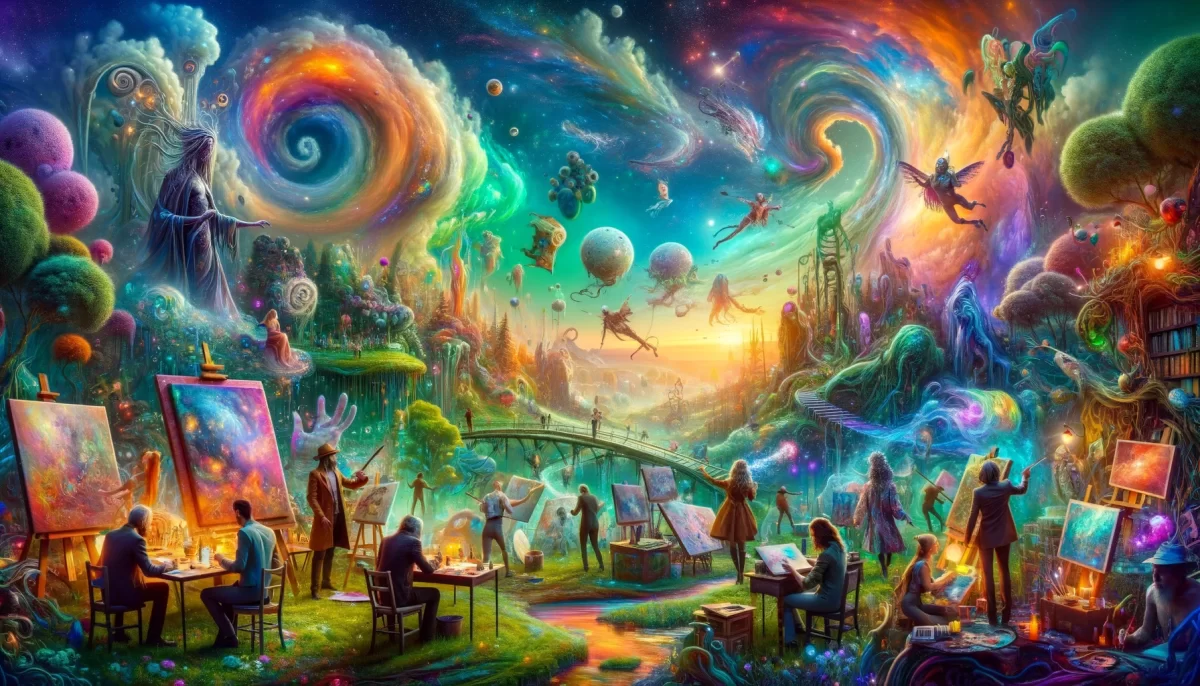
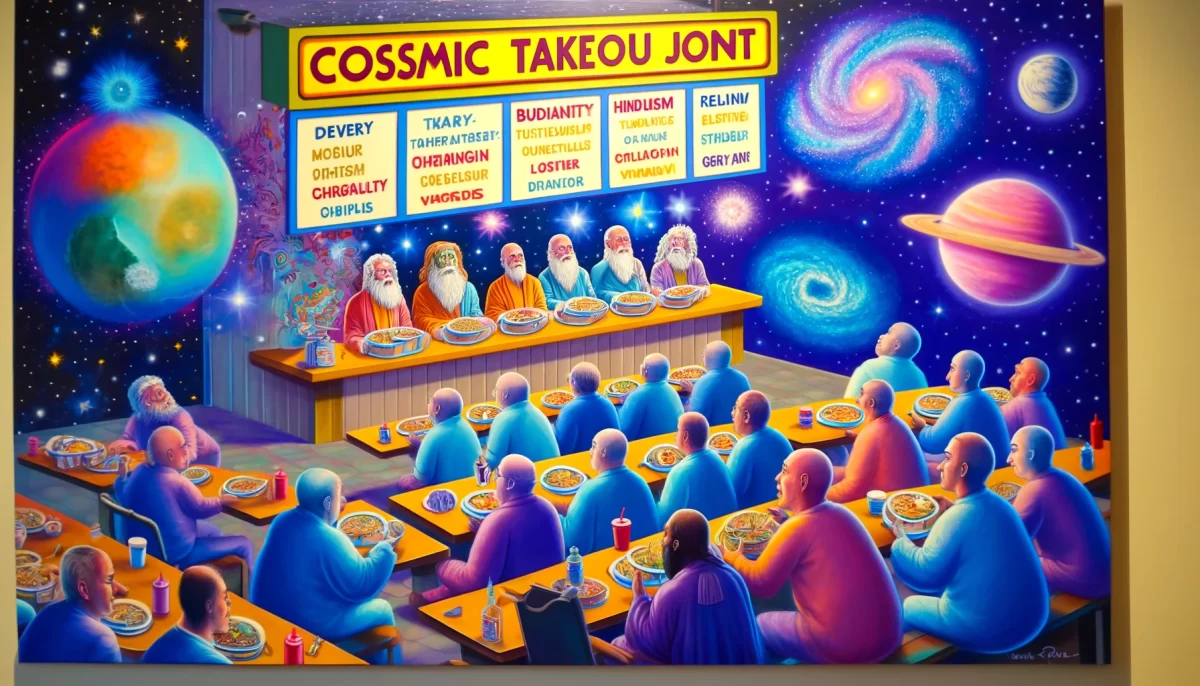
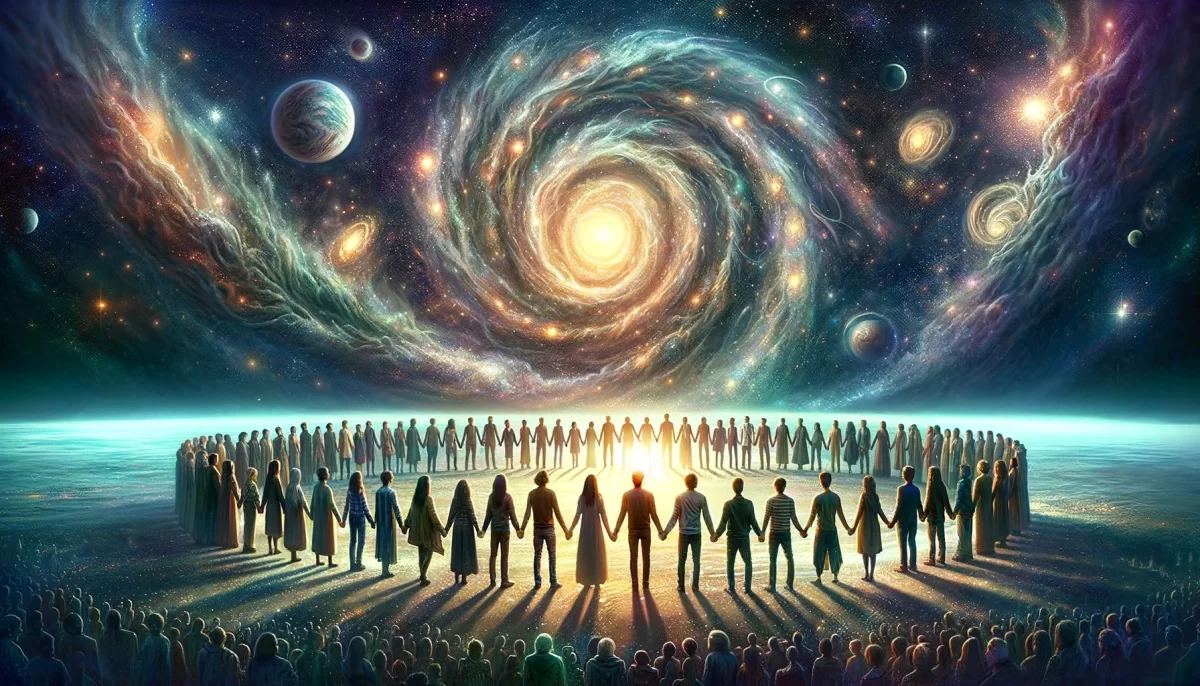
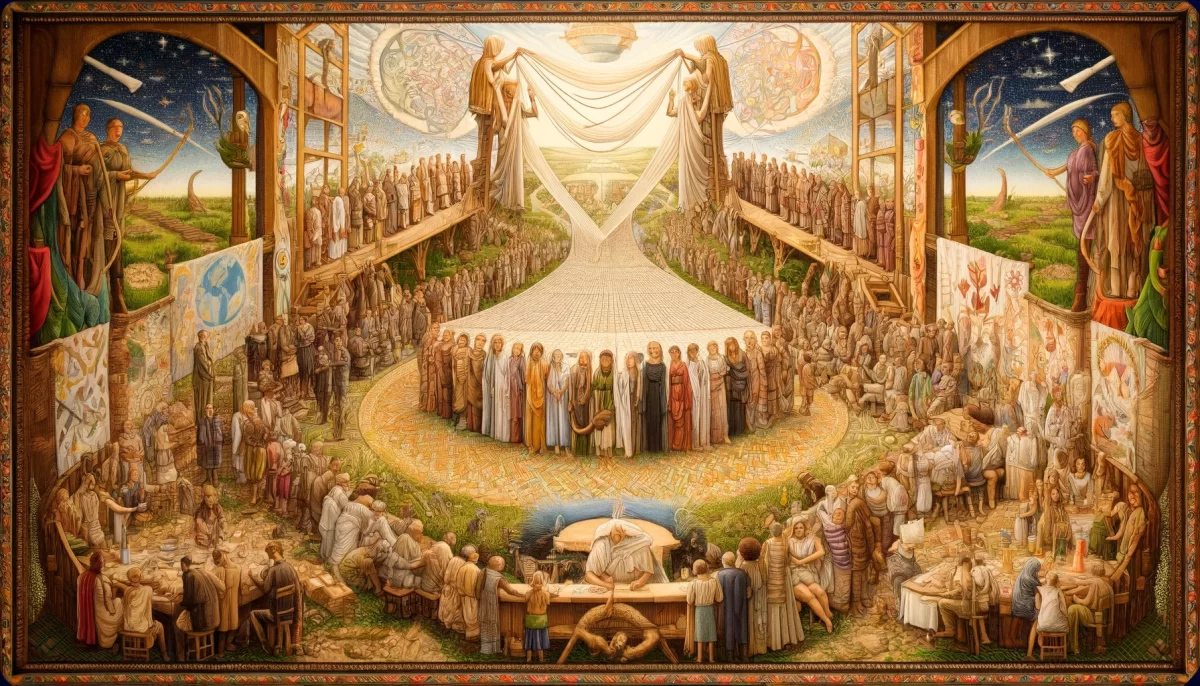
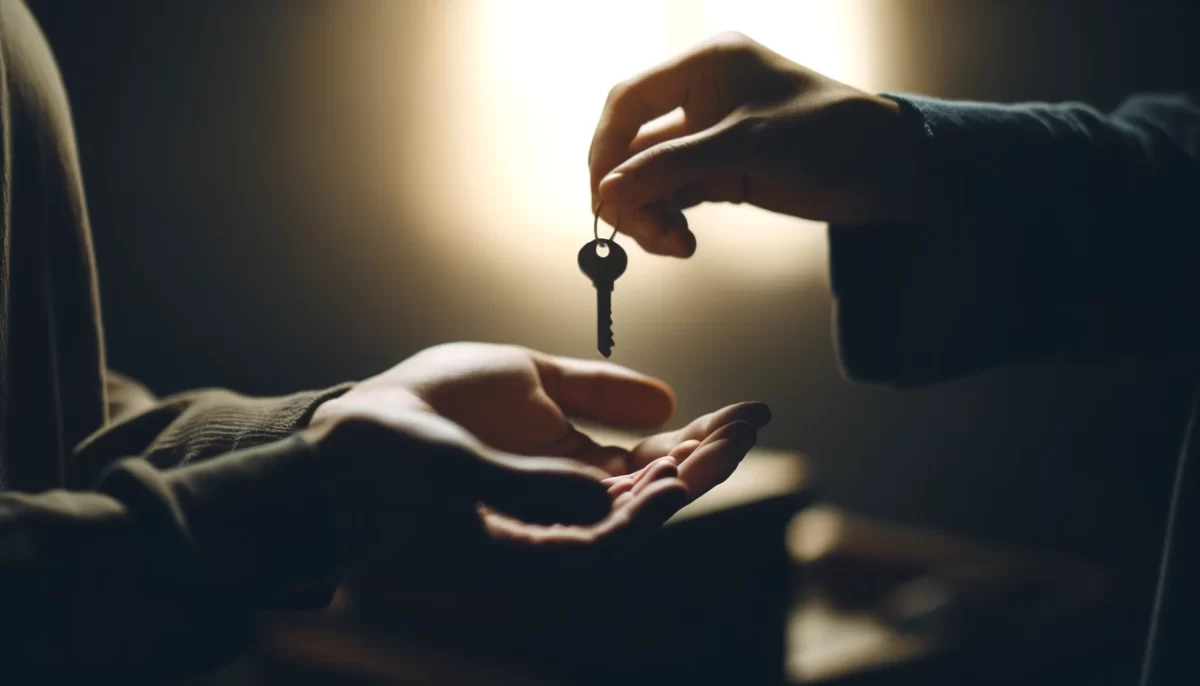

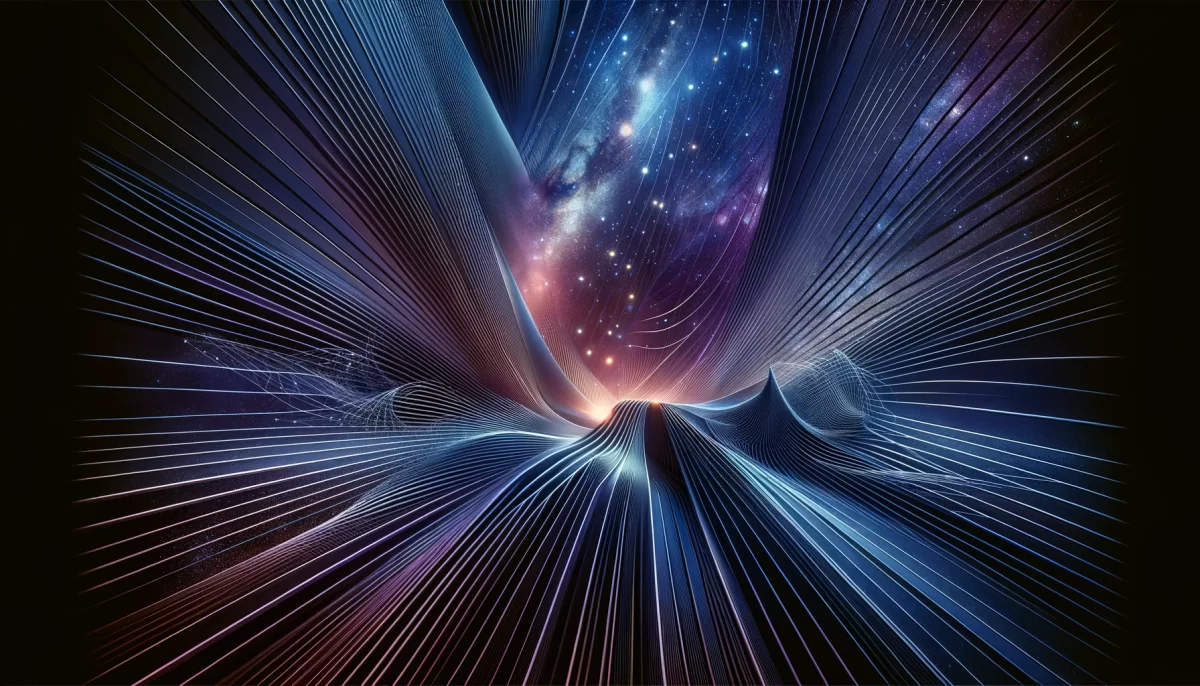
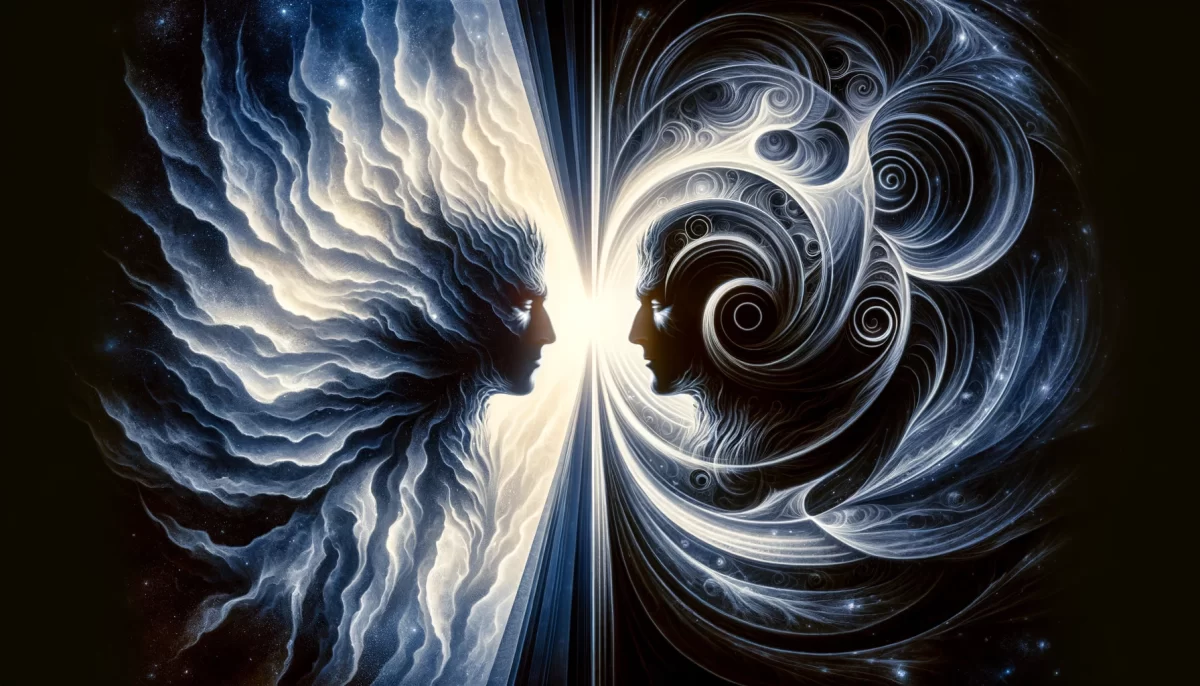



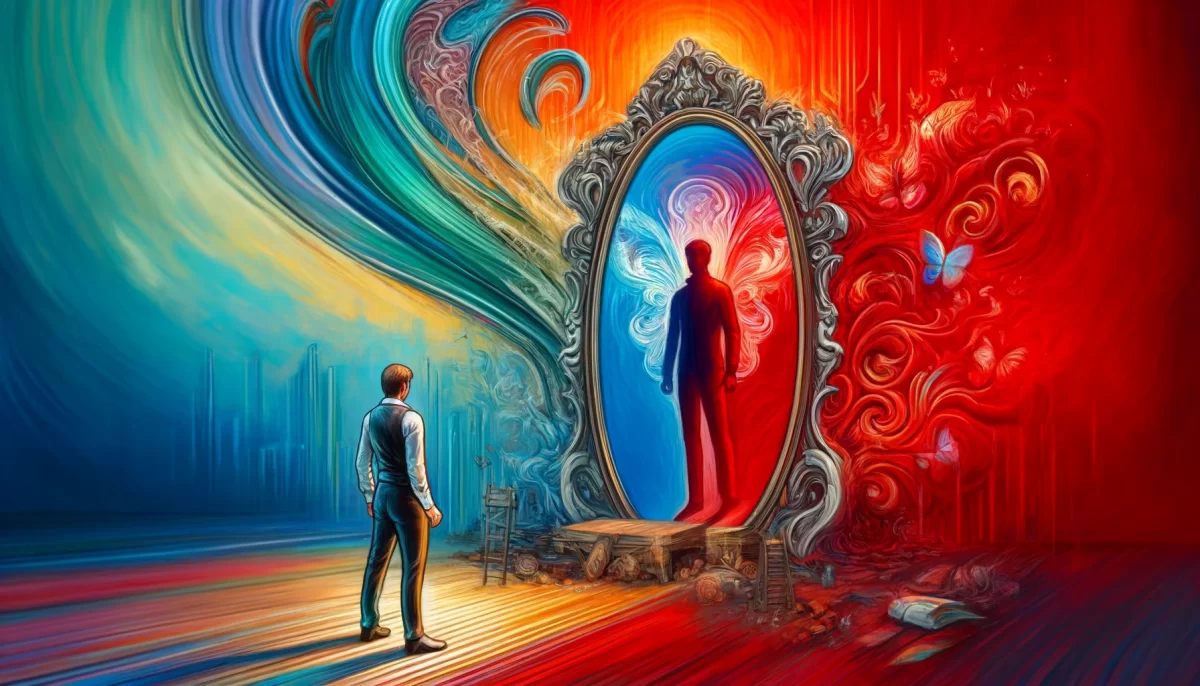

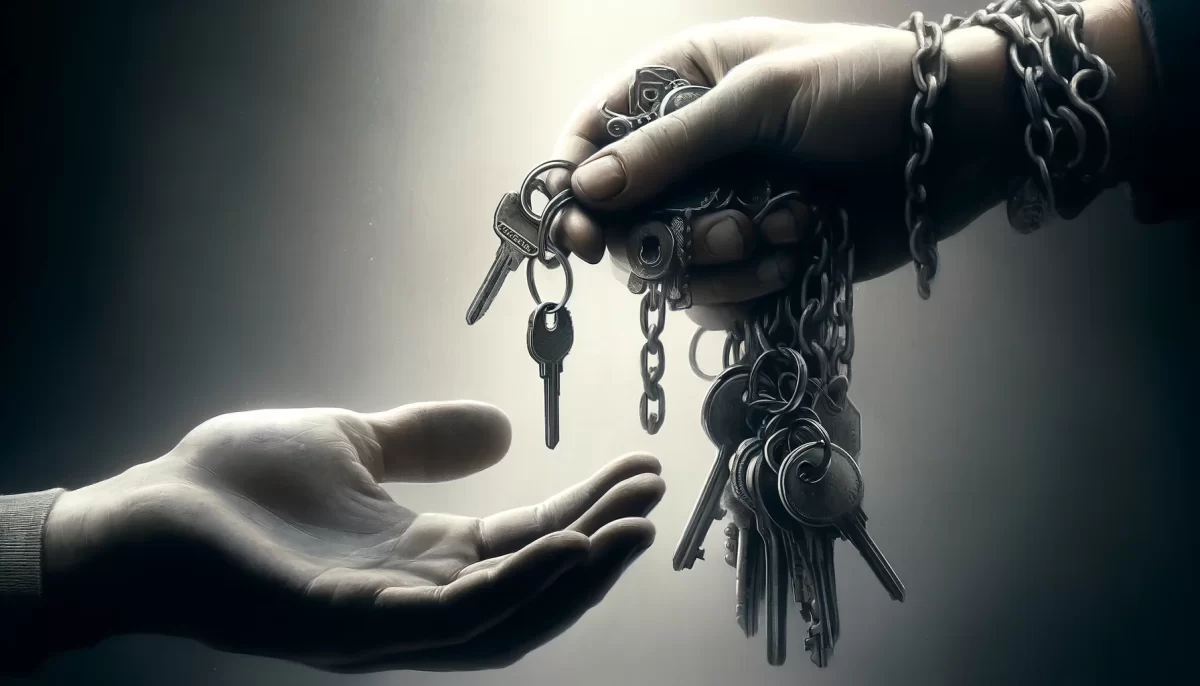
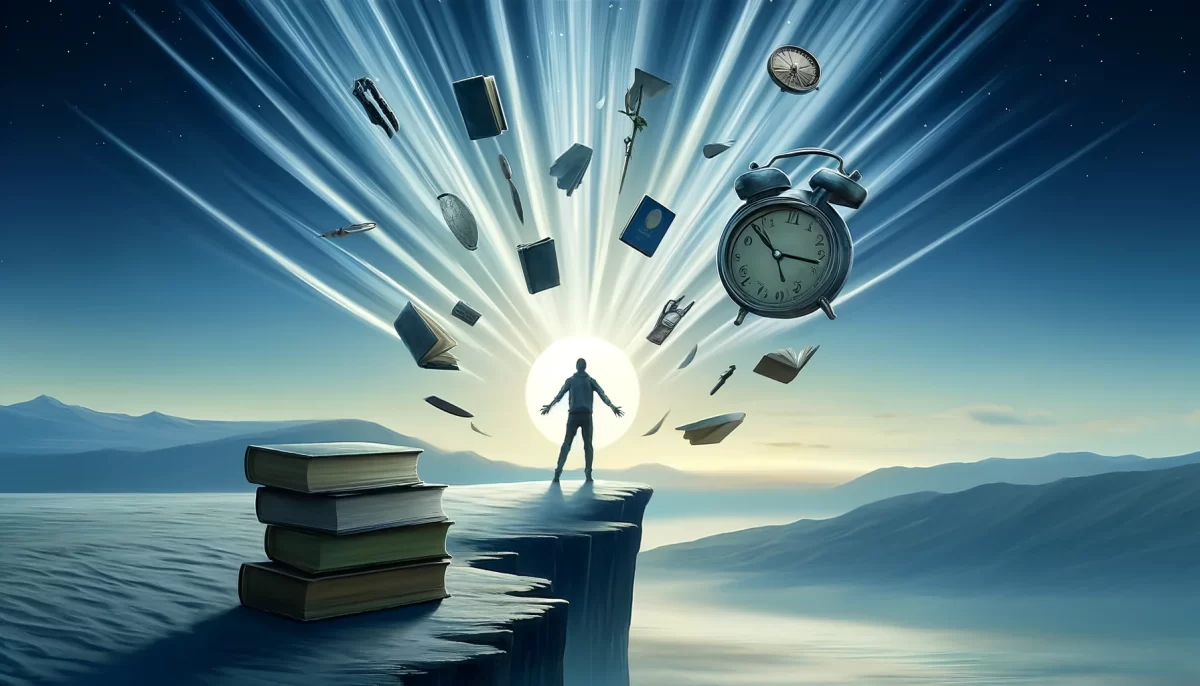
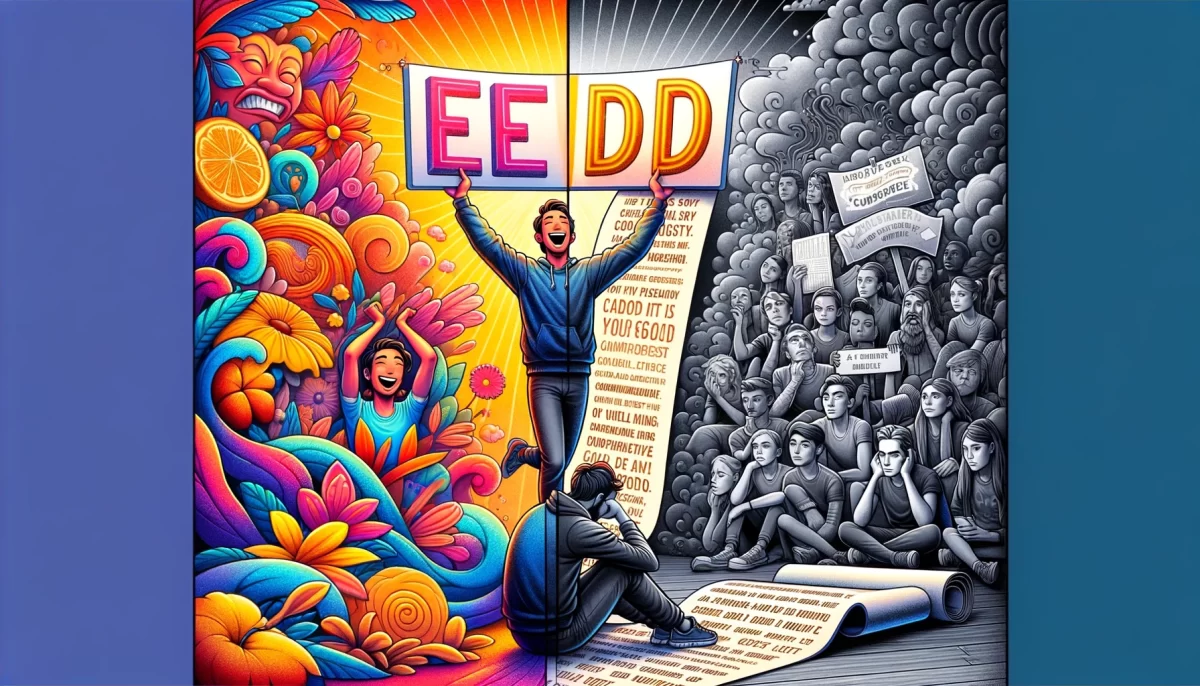

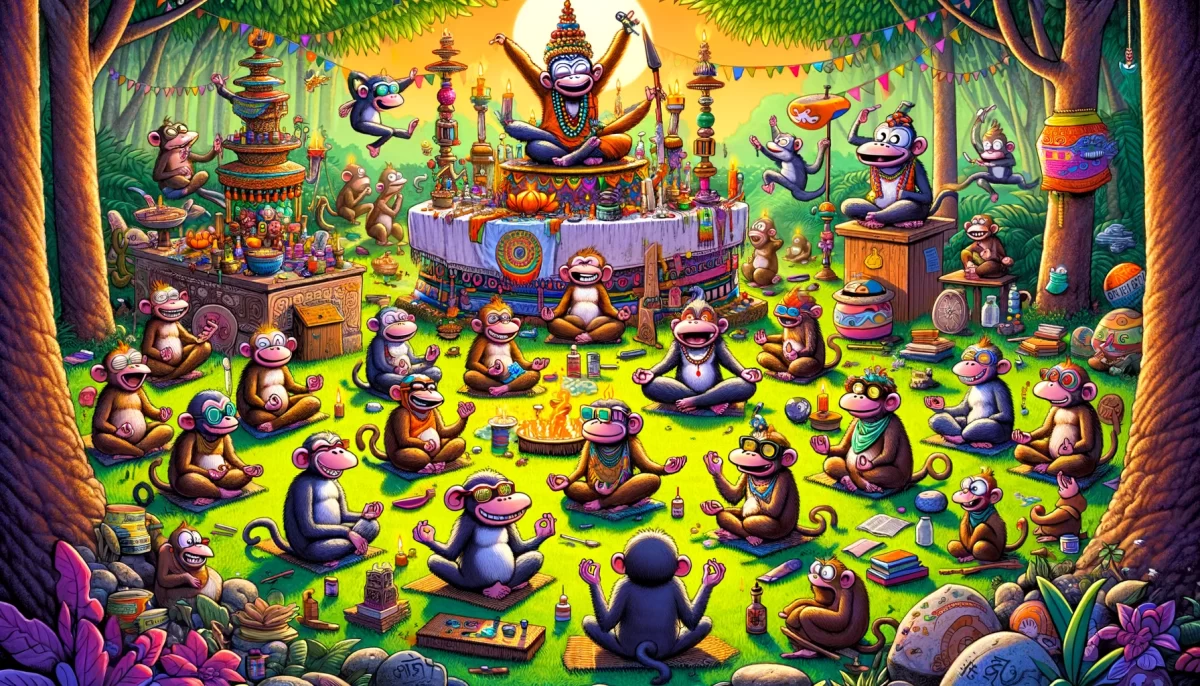
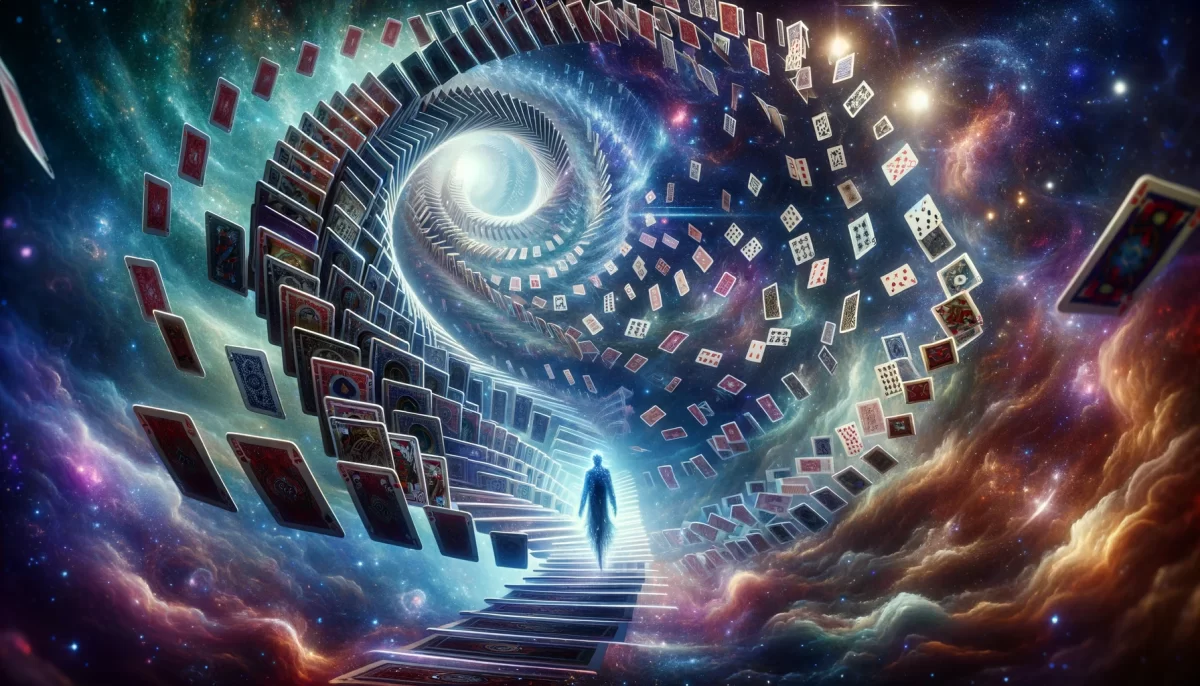



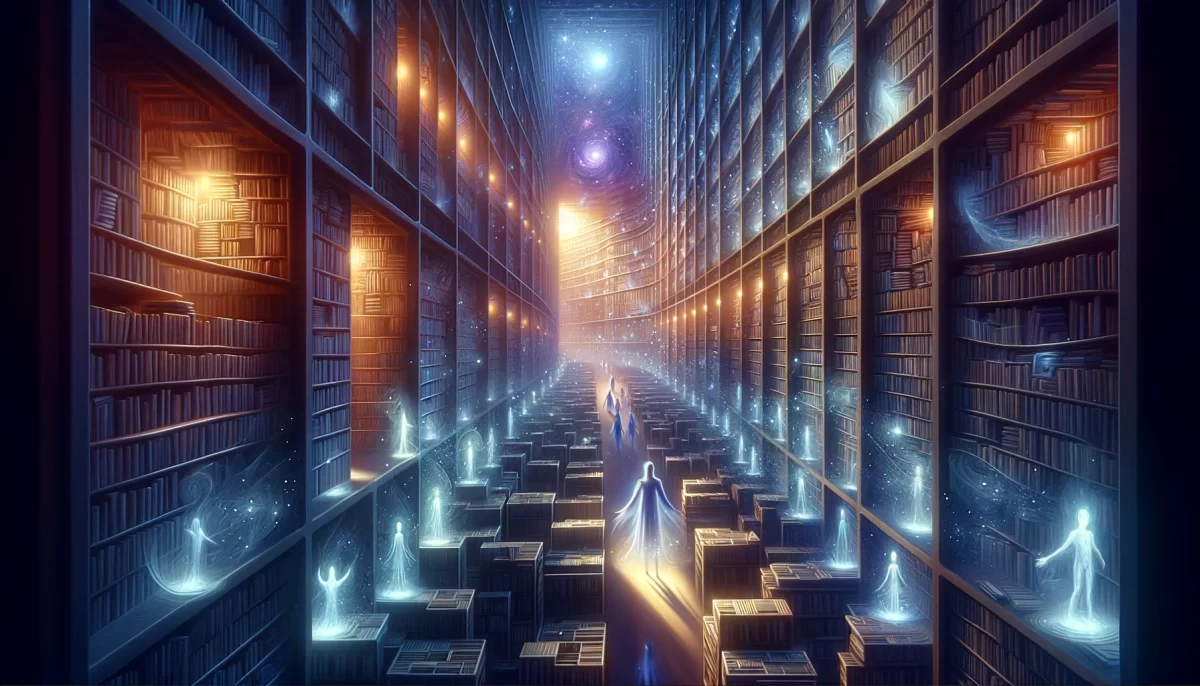

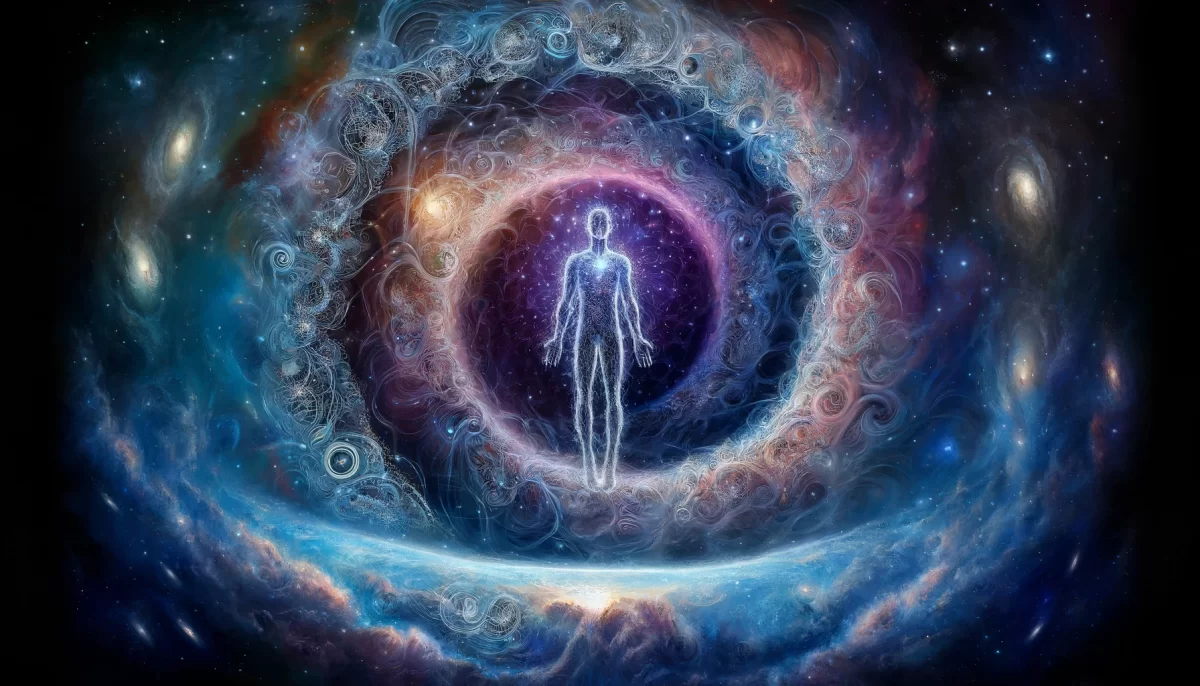
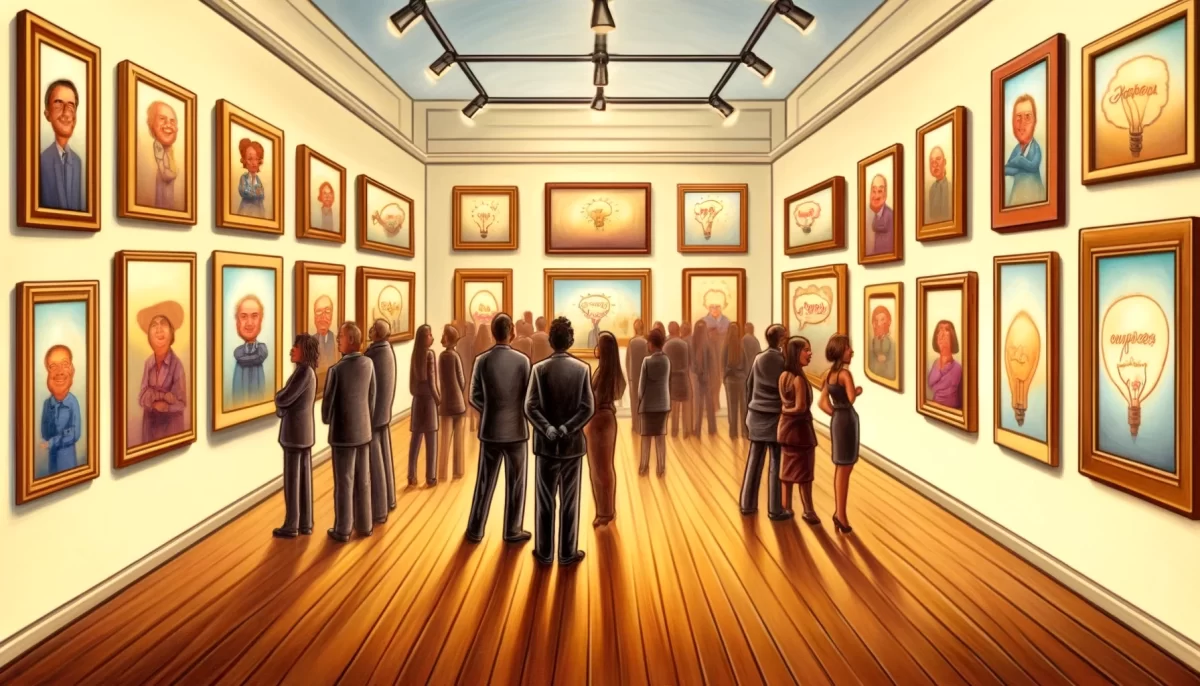
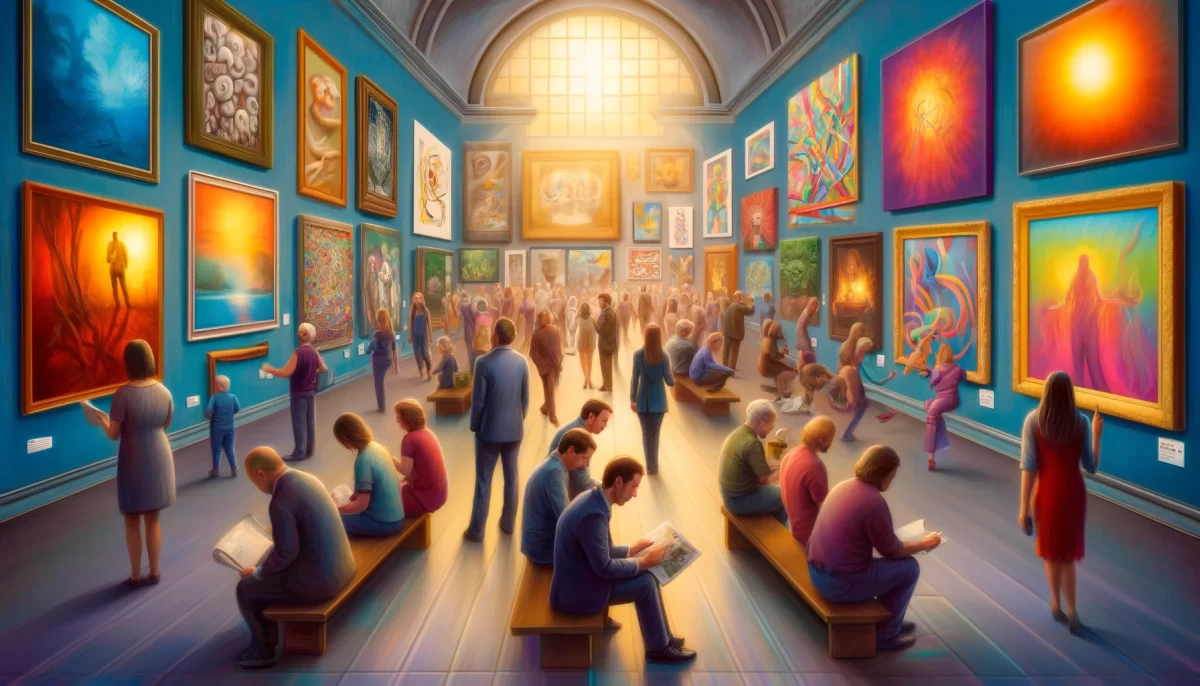
Leave a Reply